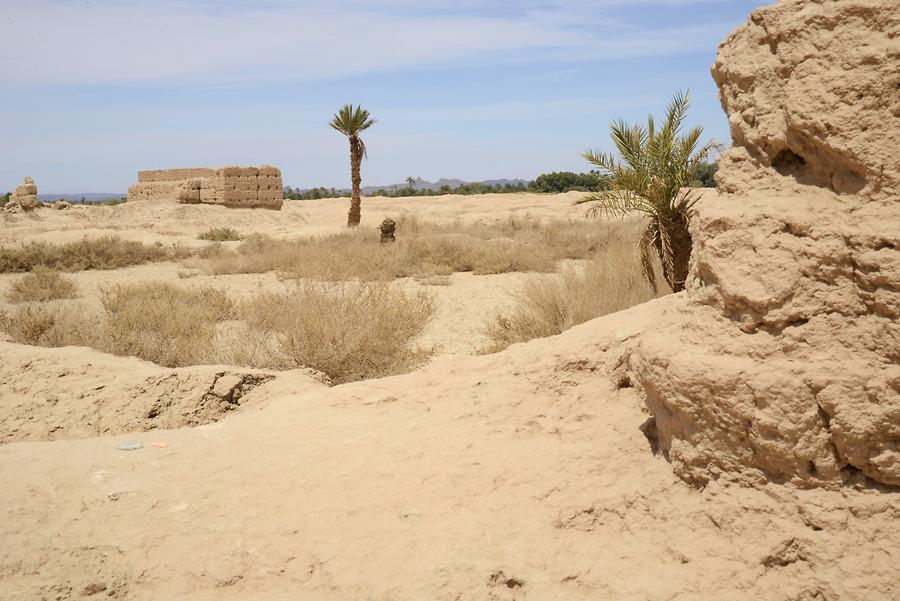Sijilmassa#

Sijilmassa, April 2013, © Gerhard Huber, under CC BY-NC 4.0 +Edu
Morocco's deserts are mainly rock, stone and gravel deserts. Sand dunes are the exception. Only the hard-to-reach Erg Chegaga
Erg Chegaga, Morocco
and the Erg Chebbi
Erg Chebbi, Morocco
in the extreme south of the country impress with their endless regions of sand dunes. Prior to that, around the villages of Erfoud and Rissani the Tafilalt unrolls, the largest oasis area on a stretch in Morocco. In the 8th century, the caravan town of Sijilmassa was founded here, of which today only some ruins are left. Once it was one of the most important centres of the Trans-Saharan trade. In those days, caravans of up to 20,000 camels left the city on their way to remote salt mines in Mali and on to Niger and Ghana, where salt was worth its weight in gold.
Marokkos Wüsten bestehen fast zur Gänze aus Fels, Stein und Geröll. Sanddünenlandschaften bilden eine Ausnahme. Nur der schwer zugängliche Erg Chegaga und der Erg Chebbi im äußersten Süden des Landes beeindrucken durch schier endlose Dünenmeere. Davor breitet sich rund um die Orte Erfoud und Rissani das Tafilalt aus, das größte zusammenhängenden Oasengebiet Marokkos. Im 8. Jahrhundert wurde hier die Karawanenstadt Sijilmassa gegründet, von der heute nur noch Ruinen zeugen. Einst gehörte sie zu den wichtigsten Zentren des Transsahara-Handels. Karawanen mit bis zu 20.000 Kamelen verließen damals die Stadt auf dem Weg zu abgelegenen Salzminen in Mali und weiter nach Niger und Ghana, wo das Salz nahezu mit Gold aufgewogen wurde.